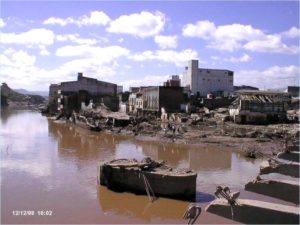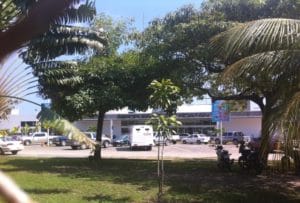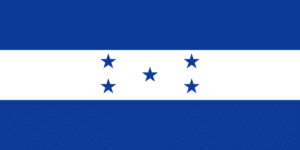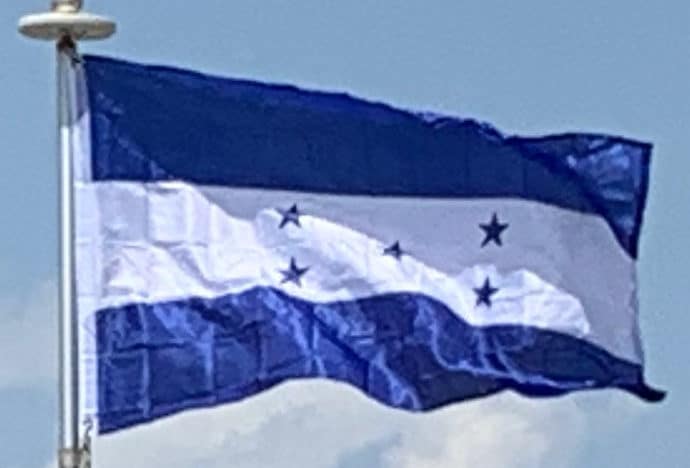
Levels of income inequality in Honduras are higher than in any other Latin American country. Unlike other Latin American countries, inequality steadily increased in Honduras between 1991 and 2005. Between 2006 and 2010 inequality saw a decrease but increased again in 2010. Poverty is concentrated in southern, eastern, and western regions where rural and indigenous peoples live. North and central Honduras are home to the country’s industries and infrastructure, resulting in low levels of poverty. Poverty is concentrated in rural Honduras, a pattern that is reflected throughout Latin America. The effects of poverty on rural communities are vast. Poor communities typically live in adobe homes, lack material resources, have limited access to medical resources, and live off of basics such as rice, maize and beans.
Transportation:
Honduras has 699km of railway which includes limited passenger service but there are no international connections.
There are 3,367 km of paved roadway and 11357 km of unpaved.

There are 12 airports with paved runways in Honduras 7 of which have commercial services. The main international airports are: San Pedro Sula and Tegucigalpa. Other international airports include Roatan and La Ceiba.
Flag of Honduras:
The national flag of Honduras was adopted on March 7, 1866, based on the flag of the Federal Republic of Central America. In 1823 Honduras joined the United Provinces of Central America and adopted their flag. In 1866 it was amended; five cerulean stars were placed in the center to represent the five original Central American provinces. The colors and pattern are the same as the flag of the United Provinces of Central America.

The flag consists of three horizontal bands of equal width with an overall length:width ratio of 1:2. The two outer Cerulean Blue bands represent the Pacific Ocean and the Caribbean Sea, and also represent the blue sky and brotherhood. The inner white band represents the land between the ocean and the sea, the peace and prosperity of its people, and purity of thoughts. The five cerulean five-pointed stars arranged in an X pattern centered in the white band represent the five nations of the former Federal Republic of Central America (El Salvador, Costa Rica, Nicaragua, Honduras, and Guatemala) and the hope that the nations may form a union again.
There are a number of historical flags that can be viewed elsewhere.
